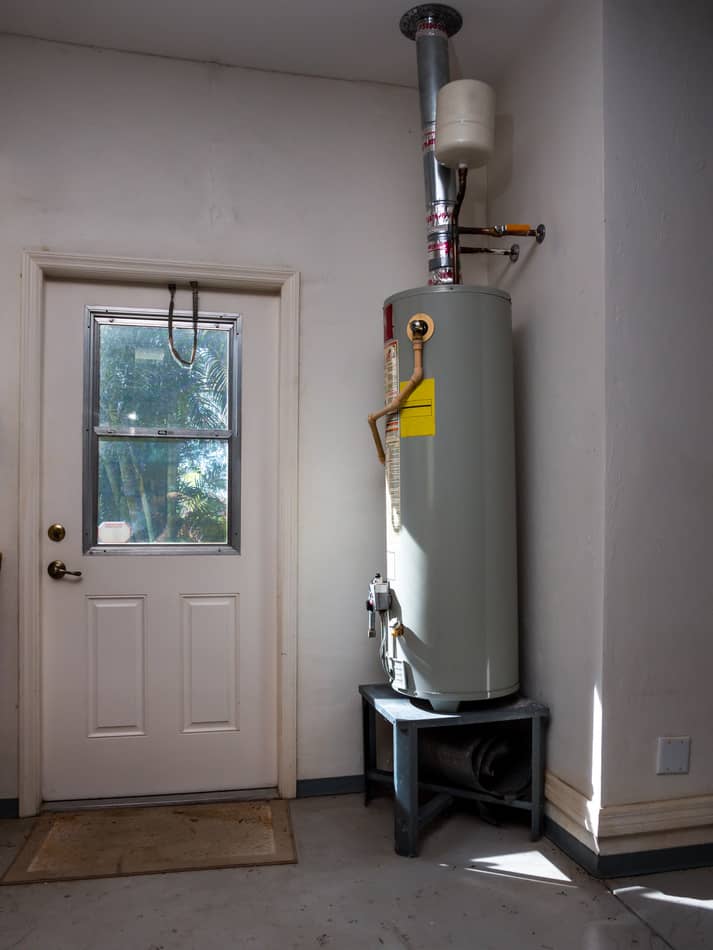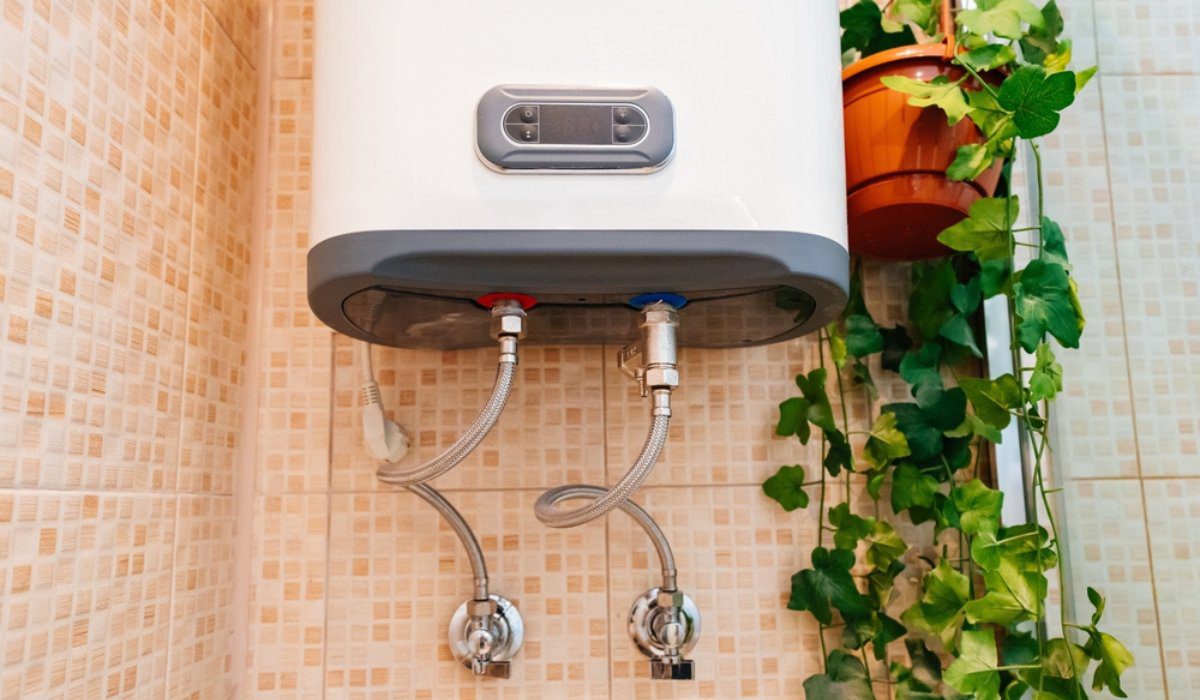Simple Ways to Care for Your Home's Hot Water System Effectively
Simple Ways to Care for Your Home's Hot Water System Effectively
Blog Article
Do you find yourself hunting for know-how on How to Maintain Your Water Heater & Prolong its Life?

Warm water is vital for daily convenience, whether it's for a rejuvenating shower or washing meals. To ensure your hot water system runs efficiently and lasts much longer, regular upkeep is essential. This article supplies practical suggestions and insights on exactly how to maintain your home's warm water system to avoid interruptions and costly repair services.
Intro
Maintaining your home's warm water system might appear challenging, yet with a few straightforward actions, you can ensure it runs smoothly for many years ahead. This guide covers every little thing from understanding your hot water system to do it yourself upkeep suggestions and recognizing when to hire specialist help.
Value of Maintaining Your Warm Water System
Normal maintenance not just expands the lifespan of your warm water system however additionally ensures it operates successfully. Neglecting maintenance can cause decreased performance, higher energy costs, and also premature failure of the system.
Indicators Your Warm Water System Demands Upkeep
Knowing when your hot water system requires focus can prevent major problems. Watch out for indications such as irregular water temperature level, strange noises from the heating unit, or corroded water.
Recognizing Your Warm Water System
Prior to diving right into upkeep jobs, it's useful to comprehend the fundamental parts of your hot water system. Normally, this consists of the hot water heater itself, pipelines, anode poles, and temperature level controls.
Monthly Maintenance Tasks
Regular month-to-month checks can help capture minor concerns prior to they escalate.
Flushing the Water Heater
Flushing your water heater removes sediment buildup, boosting performance and lengthening its life.
Monitoring and Changing Anode Rods
Anode poles stop deterioration inside the container. Examining and replacing them when worn is important.
Checking and Changing Temperature Settings
Adjusting the temperature level setups makes sure ideal performance and security.
DIY Tips for Maintenance
You can execute a number of maintenance tasks on your own to maintain your warm water system in top condition.
Checking for Leaks
Frequently examine pipes and links for leakages, as these can cause water damage and higher expenses.
Evaluating Pressure Alleviation Valves
Checking the pressure relief valve guarantees it works properly and avoids excessive stress accumulation.
Protecting Pipes
Shielding warm water pipes decreases heat loss and can conserve energy.
When to Call a Professional
While do it yourself upkeep is useful, some concerns need professional expertise.
Facility Problems Requiring Specialist Help
Instances include significant leaks, electric issues, or if your water heater is continually underperforming.
Routine Expert Maintenance Conveniences
Expert upkeep can include thorough examinations, tune-ups, and guaranteeing conformity with safety criteria.
Conclusion
Normal maintenance of your home's warm water system is vital for performance, durability, and expense financial savings. By complying with these tips and understanding when to look for expert aid, you can guarantee a reputable supply of warm water without unforeseen disturbances.
Water Heater Maintenance Tips
Test the TPR Valve
Shut off the power and the cold-water supply valve. Place a bucket under the pipe connected to the temperature-pressure-release (TPR) valve on the top or side of the tank. (This valve opens if the tank pressure gets too high.) Lift the valve’s tab to let some water out, then let go. If water keeps flowing, drain the tank partway, unscrew the old valve with a pipe wrench, and install a new one. Check the Anode Rod
Put a hose to the tank’s drain cock and let out a few gallons of water. Now fit a 1 1/16-inch socket onto the rod’s hex head on top of the heater (or under its top plate) and unscrew the rod. If it’s less than ½ inch thick or coated with calcium, buy a new one, wrap its threads with Teflon tape, put it back in the tank, and tighten securely. Use this segmented rod if headroom above the tank is limited. Drain the Tank and Wash Out Sediment
Drain the remaining water in the tank into the bucket, then stir up the sediment on the tank’s bottom by briefly opening the cold-water supply valve. Drain and repeat until clean water comes out of the hose. Close the drain cock, refill the tank, and turn its power back on. Adjust the Temperature
Find the temperature dial on the side of the tank and unscrew its cover. Adjust the dial to 120 degrees using a flathead screwdriver. For every 10 degrees the temperature is lowered, you can expect to save up to 5 percent in energy costs. Turn the water heater off or the thermostat down to its lowest setting if you plan to be away from home for more than three days. Insulate the Pipes
Buy some self-sticking 3/8-inch-thick foam pipe insulation that matches the pipes’ diameter. Slide the foam over the hot-and cold-water pipes as far as you can reach. Insulating the cold-water pipe prevents condensation in summer. Peel the tape and squeeze the insulation closed. If the pipe is 6 inches or less from the flue, cover it with 1-inch-thick unfaced fiberglass pipe wrap. https://www.thisoldhouse.com/plumbing/21016402/how-to-maintain-a-water-heater

I was made aware of that write-up about Tips For Maintaining Your Hot Water Heater from a buddy on our other web property. Sharing is good. You won't know, you could be doing someone a favor. Thanks for your time spent reading it.
Details Report this page